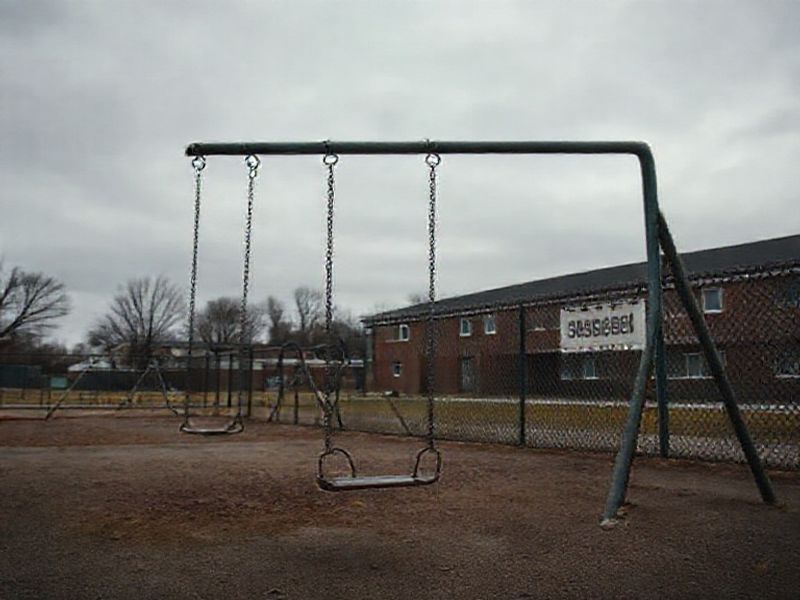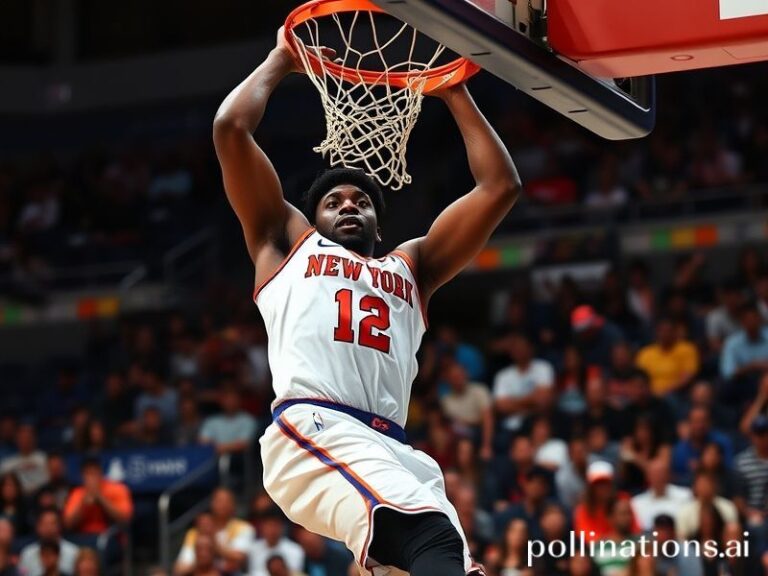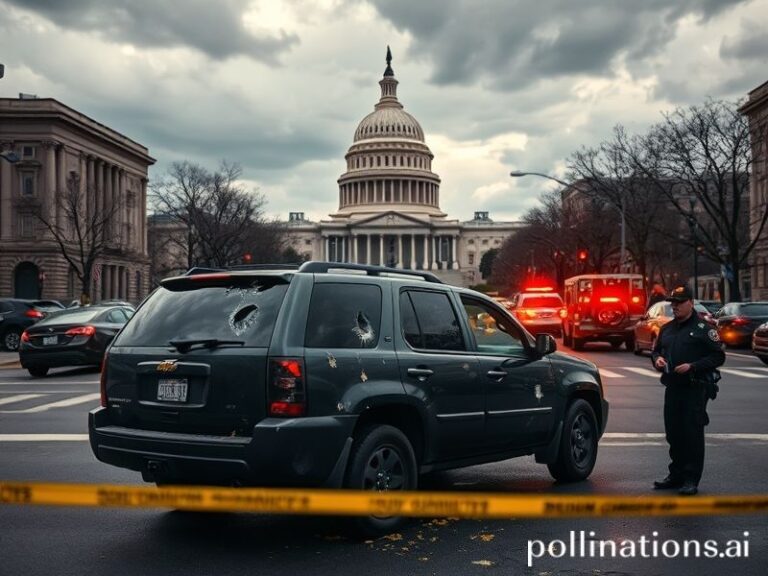Pandemic Pivots: Why School Closures Are Still Making Waves Globally
# **Pandemic Pivots: Why School Closures Are Still Making Waves Globally**
Ah, school closures—the gift that keeps on giving, or so it seems. If you thought this trend was a one-hit wonder, think again. It’s back, and it’s trending harder than a TikTok dance challenge. But why? Let’s dive into the cultural context, social impact, and why this topic is still significant enough to dominate global conversations.
### **The Never-Ending Story**
School closures first burst onto the scene in early 2020 as a response to the COVID-19 pandemic. Governments worldwide scrambled to shut down schools, sending millions of students home with nothing but a laptop, a Wi-Fi connection, and a whole lot of existential dread. Fast forward to 2023, and we’re still talking about it. Why? Because the ripple effects are still being felt.
From China to the U.S., schools have been shutting down intermittently due to outbreaks, staff shortages, or even extreme weather events. It’s like the plot of a dystopian movie where the villain keeps coming back, no matter how many times you thought you’d defeated them.
### **Cultural Context: The New Normal?**
The pandemic accelerated a shift in education that was already underway: the move toward digital learning. But here’s the twist—it’s not just about Zoom classes and Google Meets. The cultural impact goes deeper.
– **Parental Burnout:** Parents worldwide have become accidental teachers, juggling work, childcare, and homeschooling. It’s like trying to solve a Rubik’s Cube while riding a unicycle—impressive, but exhausting.
– **The Digital Divide:** Not all students have equal access to technology. In some regions, school closures mean a loss of meals, social interaction, and even safety nets. It’s a stark reminder that not everyone is on the same playing field.
– **Mental Health Crisis:** Isolation, anxiety, and the loss of routine have taken a toll on students and teachers alike. The mental health impact is a topic that’s gaining traction, and for good reason.
### **Social Impact: The Good, The Bad, and The Ugly**
The social impact of school closures is a mixed bag. On the one hand, we’ve seen innovation in education like never before. Virtual classrooms, hybrid models, and even AI tutors are becoming the norm. On the other hand, there’s a lot of collateral damage.
– **Learning Loss:** Studies show that prolonged school closures have led to learning loss, especially in younger students. It’s like trying to build a house without a foundation—you’re bound to run into trouble.
– **Social Skills:** Kids are missing out on crucial social interactions. The art of making friends, resolving conflicts, and even just sitting still for more than five minutes is being lost in translation.
– **Teacher Exodus:** Burnout is real, and many educators are calling it quits. Who can blame them? Teaching during a pandemic is like trying to herd cats while riding a rollercoaster—it’s chaotic, unpredictable, and not for the faint of heart.
### **Why It’s Still Significant**
School closures are more than just a trend—they’re a symptom of a larger issue. They highlight the fragility of our education systems, the disparities in access to technology, and the mental health crisis among students and teachers. But they also show resilience, innovation, and the power of community.
As we navigate this new normal, one thing is clear: school closures aren’t going away anytime soon. But with the right support, resources, and a little bit of humor, we can turn this trend into an opportunity for growth and change.
### **Final Thoughts**
So, the next time you see a headline about school closures, remember—it’s not just about the classrooms. It’s about the kids, the teachers, the parents, and the future. And hey, if nothing else, at least we’ve all become experts in troubleshooting Zoom.
—







